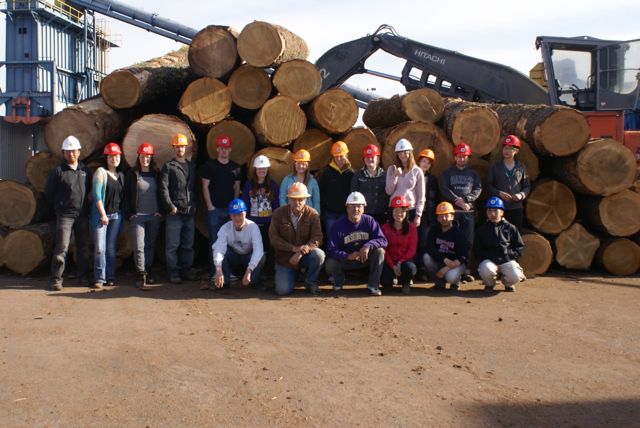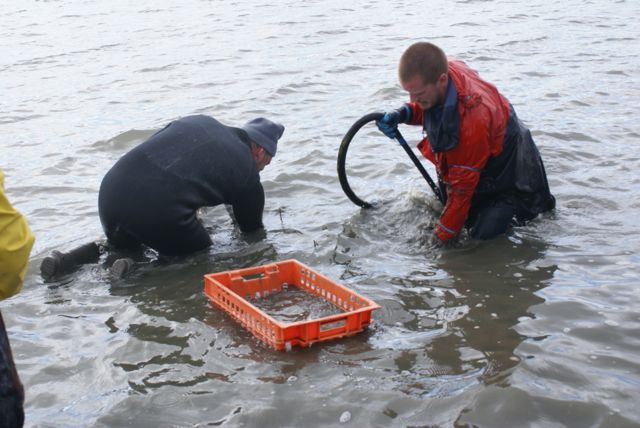 |
 |
 |
 |
 |
 |
|
Home Page Requirements Course Schedule Discussion Board Email the Class READINGS Introduction Forest General Forest Local Forest Post-Trip Aquaculture Ecology Aquaculture Politics Aquaculture Local Dairy General Dairy Local Dairy Post-Trip FIELD TRIPS Forest Products Aquaculture Dairy ESSAY ASSIGNMENTS Forest Products Shellfish Dairy |
Readings for Week 8: Dairy FarmingTuesday, May 16Today we will begin with our shellfish field trip post-mortem. The first thing will be a slide show chosen by from pictures that you mail before 5 p.m. on Monday to August and Aleana, who will present the slide show. If you take pictures on the trip, please send them up to 20 pictures, in format small enough not to overflow their email inboxes, or use another means to send them your pictures or videos.Then we start the dairy unit in earnest. We begin with two kinds of general issues about dairy farming: first environmental and then dietary issues. Today, we will look at the place of dairying and dairy products in the world food supply and its effect on ecosystems, in a kind of parallel to the way we looked at the place of biofuels in the world energy supply and seafood in the world food supply earlier. We begin with a general account of food production and land use change by Ruth DeFries et al. Nitrogen is part of the equation at both ends (of the cow as well as the diet-ecology chain), so now we move to the problems of that most common and most elusive element. Begin with Oene Oenema and Stefan Pietrzak's comparison of nutrient management in food production in the Netherlands and Poland, to understand the relationship of energy efficiency, economic incentives, and policy in two very different management systems. Dairies, of course, have other effects on the environment besides their contribution of reactive nitrogen. For example, they emit considerable greenhouse gases, and also cattle may degrade grasslands by overgrazing. The degree of these impacts is influenced by what systems of feeding are used. Read two articles about and about comparison of feeding systems in Wisconsin dairies and about rotational grazing and carbon credits. Thursday, May 18Today we hone in on the dietary aspect, with Barry Popkin's work on dietary transitions generally and a specific study showing rapid change in China. Then we move to the specific question of nitrogen from the demand side, thinking both of all those ads about protein [and calcium] to build healthy bodies, as well as complaints about what excess nitrogen does to the environment. You might want to review Vaclav Smil on Nitrogen in Human Diets, which is as relevant here as it was back with the clams.Four volunteers will debate the issue of vegetarianism and veganism looking at the relationship between nutrition and ecology. The other dietary issue we will take up today will be the question of the relationship between production methods and dietary choices, in the form of both organic milk and raw milk. For a general introduction to the culture and economics of organic foods, read the chapter on Big Organic from Michael Pollan's The Omnivore's Dilemma, and for the particular case of milk, read the Introduction and Epilogue to Kendra Smith-Howard's Pure and Modern Milk For the issue of raw milk, you might want to start with two very polemical sides of the issue: a pro-raw milk piece and one from the federal Centers For Disease Control and Prevention that says it is extremely dangerous. And did you think Mother Jones would support just about any radical cause? Read this. Two volunteers each will be asked to report on the following issues:
|